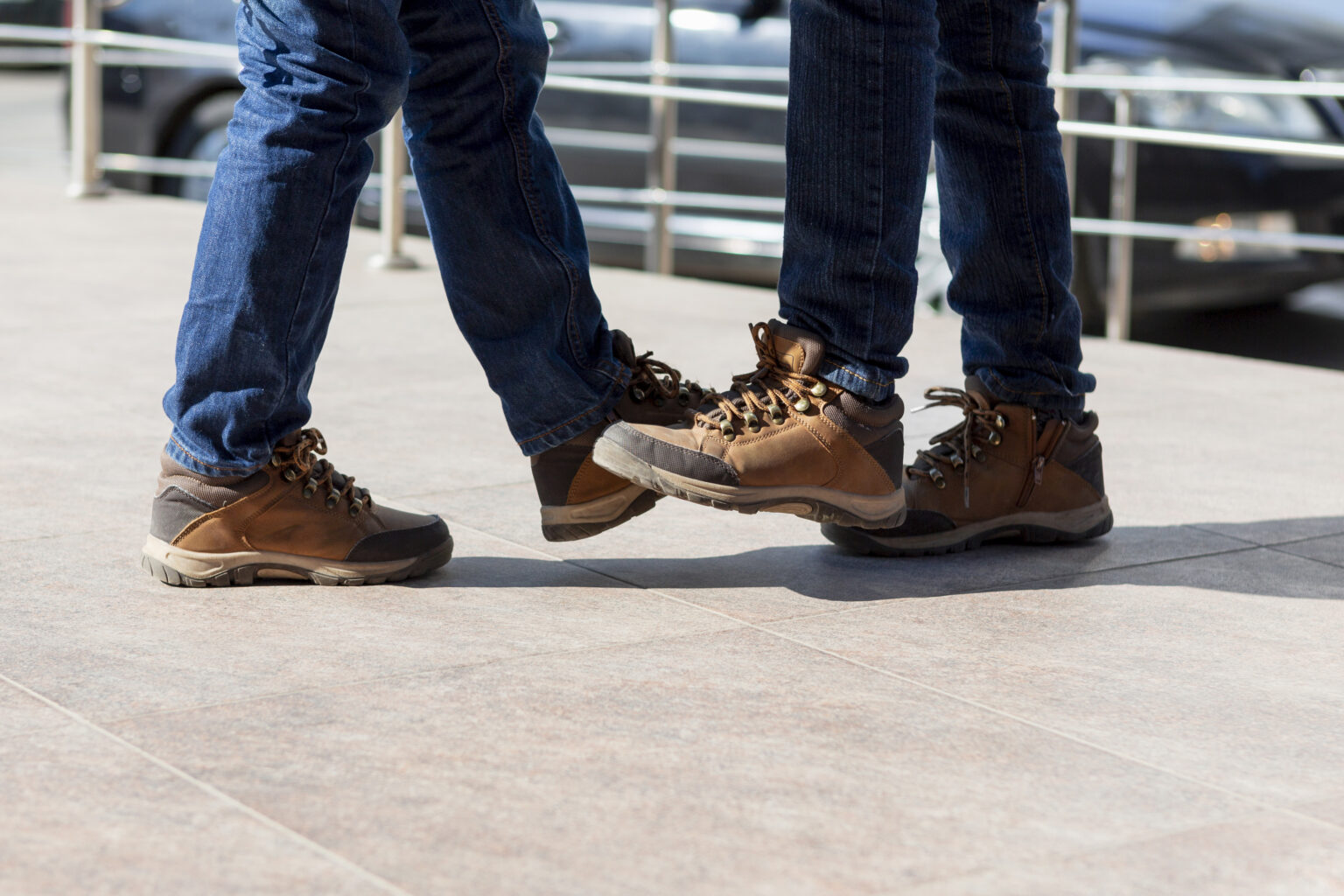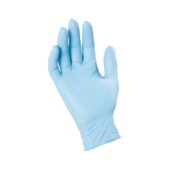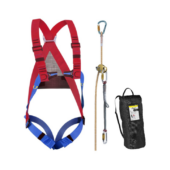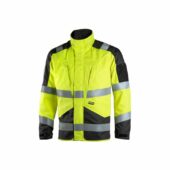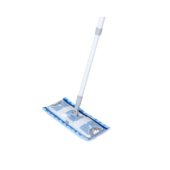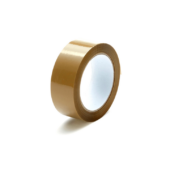Navigating icy, cold, and unpredictable winter conditions can be demanding, but choosing the right footwear makes all the difference in ensuring safety and comfort.
This guide will not only help you understand the critical differences between winter safety shoes and regular winter boots, ensuring your feet stay warm, safe, and comfortable in any environment, but also provide solutions for the next step: maintaining your winter gear effectively.
With our expertise, you can confidently tackle winter challenges and be prepared for what comes next.
The Key Difference Between Winter Safety Shoes and Regular Winter Boots
Both winter safety shoes (also known as insulated work boots or cold weather safety boots) and regular winter boots are designed to tackle cold conditions, but they cater to different needs. The primary difference lies in protection and purpose:
- Winter Safety Shoes prioritize workplace safety with features like steel toes, slip-resistant soles, and insulation. These shoes meet specific safety standards such as EN ISO 20345, ensuring safety and confidence in the workplace.
- Regular Winter Boots are designed for general use in snowy and icy conditions, focusing on warmth and comfort but lacking workplace-specific safety features.
For a detailed guide on choosing the right winter safety footwear for your needs, check out our comprehensive buyer’s guide.
Comparison: Winter Safety Shoes vs. Regular Winter Boots
| Feature | Winter Safety Shoes | Regular Winter Boots |
| Protection | Steel toes, anti-slip soles, puncture resistance | Basic water and slip resistance |
| Durability | High durability for heavy-duty use | Moderate durability for casual use |
| Standards | Compliant with EN ISO 20345 | No official standards |
| Insulation | Thermal insulation for extreme conditions | Warmth-focused insulation |
| Purpose | Workplace and industrial safety | General winter activities |
Why Choose Winter Safety Shoes?
If your winter activities involve working in environments with unique safety requirements, winter safety shoes are an essential choice to ensure protection and comfort. Features like steel or composite toe caps and anti-puncture midsoles help you confidently handle workplace challenges. Slip-resistant soles, certified to meet European safety standards, provide stability on icy or wet surfaces, allowing you to work confidently.
Additionally, winter safety shoes often include waterproof membranes and thermal insulation to keep feet dry and warm, even in freezing conditions. For more information on available styles, browse the Winter Safety Shoes collection.
When to Opt for Regular Winter Boots
If your primary need is staying warm during everyday activities like walking in the snow or running errands, regular winter boots might be a better fit. These boots emphasize comfort and warmth, with features like fleece linings and lightweight materials. However, they’re not designed for rigorous use or environments where safety specific safety needs are present.
For casual winter needs, regular boots are sufficient, but they are better suited for casual, non-industrial environments.
Additional Winter Workwear Considerations
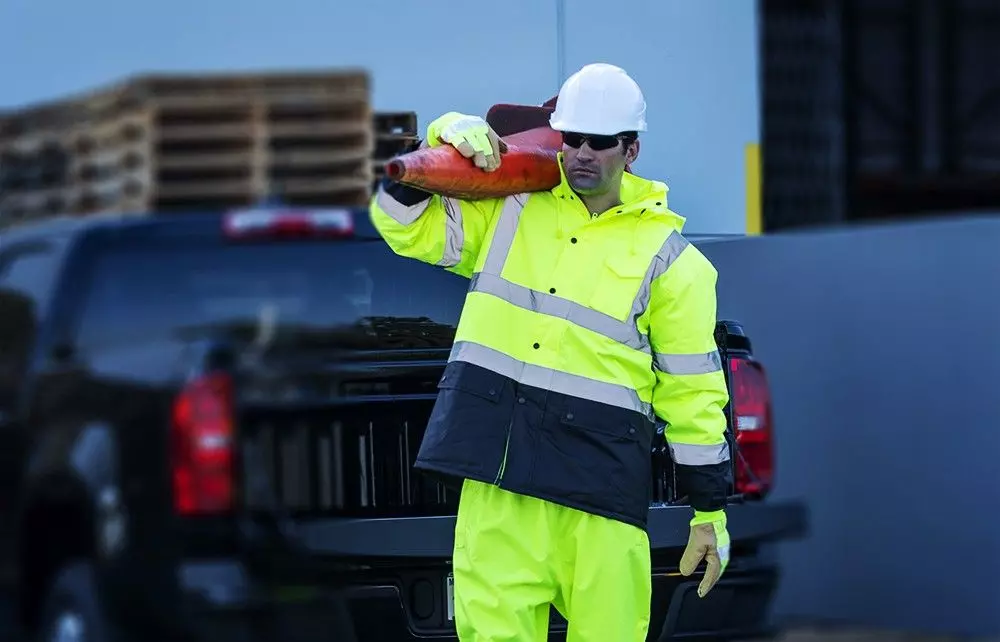
Staying warm and safe during winter extends beyond footwear. For those working in cold environments, pairing winter safety shoes with appropriate winter workwear is essential. Consider the following:
- Winter Work Gloves: Protect hands from cold and potential injuries.
- Winter Work Jackets: Insulated jackets that keep you warm without restricting movement.
- Winter Work Pants: Durable pants with thermal insulation.
- Winter Overalls: Full-body protection for extreme conditions.
For more tips on selecting the right gear, explore related buying guides like How To Choose Work Jackets For Winter or Choosing The Right Work Gloves For Cold Weather.
Factors to Consider When Buying Winter Safety Shoes
- Safety Standards: Ensure the shoes meet European safety certifications like EN ISO 20345. This standard includes classifications like S1, S2, and S3:
- S1: Basic protection with features such as toe caps and antistatic soles.
- S2: Adds water resistance to S1 features, suitable for damp environments.
- S3: Includes puncture-resistant midsoles and improved slip resistance, ideal for workplaces with demanding safety needs.
By understanding these classifications, you can choose shoes that perfectly match your work environment and safety needs. Learn more about EN Standards from this guide in Wikipedia.
- Insulation: Look for thermal lining to keep feet warm in sub-zero temperatures.
- Waterproofing: Opt for shoes with waterproof membranes to keep feet dry.
- Slip Resistance: Check for anti-slip soles, particularly if you’ll be working on icy surfaces.
- Fit and Comfort: A snug but comfortable fit is critical for all-day wear. Refer to sizing charts specific to European footwear for accuracy.
Tips for Maintaining Winter Safety Shoes
To maximize the lifespan of your winter safety shoes:
- Clean regularly: Remove salt and dirt buildup to prevent material damage.
- Dry thoroughly: Let wet shoes air dry; avoid direct heat sources that can warp materials.
- Apply waterproofing treatments: Maintain water resistance with sprays or waxes designed for work boots.
- Inspect for wear: Regularly check soles and safety features to ensure they remain in optimal condition.
Conclusion
We hope this guide has provided clarity on choosing between winter safety shoes and regular winter boots based on your specific needs. For demanding work environments, winter safety shoes offer unparalleled protection and functionality, while regular winter boots deliver warmth and comfort for everyday activities.
Explore our full range of Winter Safety Shoes to find your perfect match. Complement your choice with gear from our curated guides on work jackets and work gloves, ensuring you’re fully equipped for winter.
Have further questions or need personalized advice? Reach out to our team—we’re here to help you make confident, informed decisions for all your winter workwear needs.
– The Droppe Team
Frequently Asked Questions (FAQ)
Yes, but they may not offer the same comfort as regular winter boots, which are designed for recreation.
Many are, but check product specs to ensure full waterproof protection.
Refer to the manufacturer’s sizing chart and try shoes on later in the day when your feet are slightly swollen.
Clean, dry naturally, apply waterproofing, and inspect soles and stitching regularly.
No, they lack safety features like steel toes and slip resistance. Winter safety shoes are better for work in harsh conditions.

